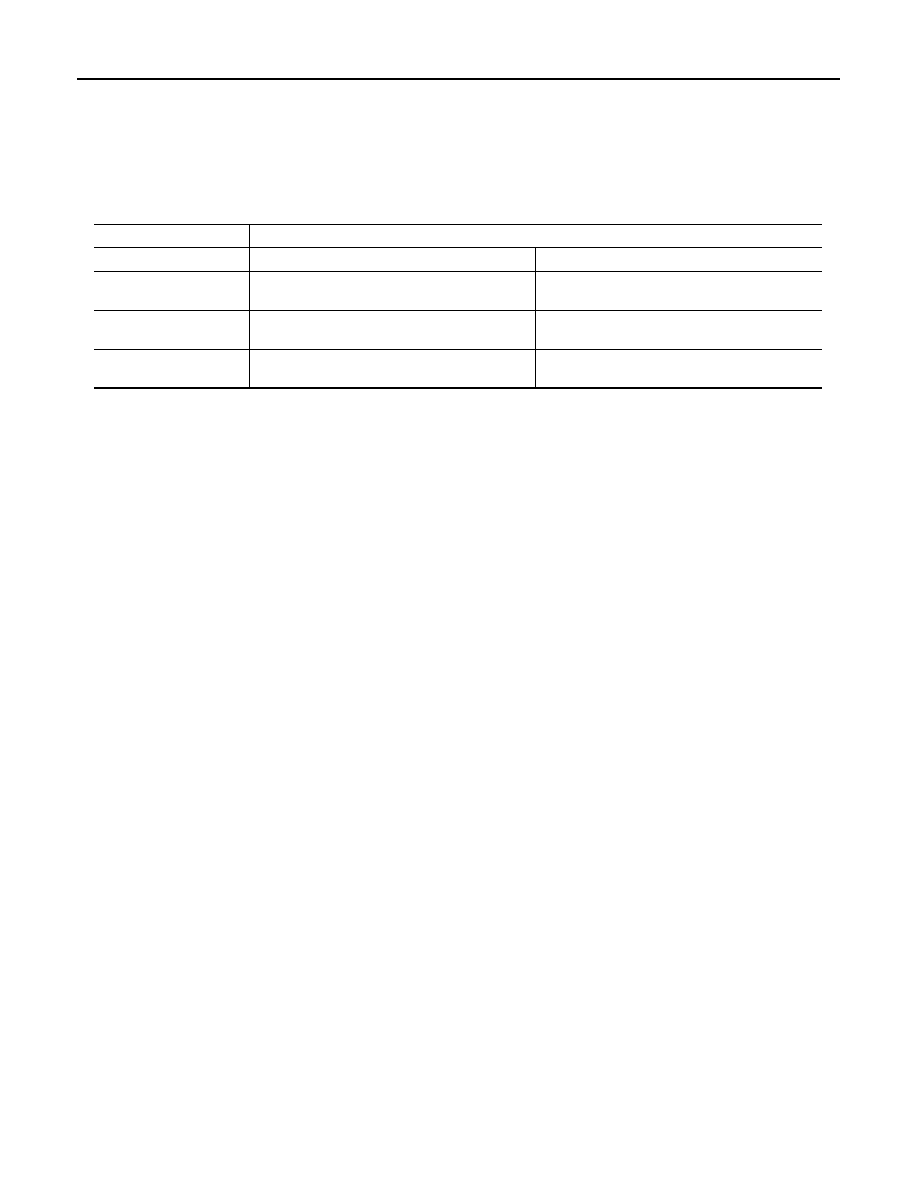Content .. 1043 1044 1045 1046 ..
Nissan Qashqai J11. Manual - part 1045

HA-6
< HOW TO USE THIS MANUAL >
[TYPE 1]
APPLICATION NOTICE
HOW TO USE THIS MANUAL
APPLICATION NOTICE
Information
INFOID:0000000010709184
Check the vehicle type to use the service information in this section.
Service information
Destination
Type 1
For Europe
HRA2DDT engine models
Type 2
For Europe
• K9K engine models
• R9M engine models
Type 3
Except for Europe
• HRA2DDT engine models
• MR20DD engine models
Type 4
Except for Europe
• K9K engine models
• R9M engine models